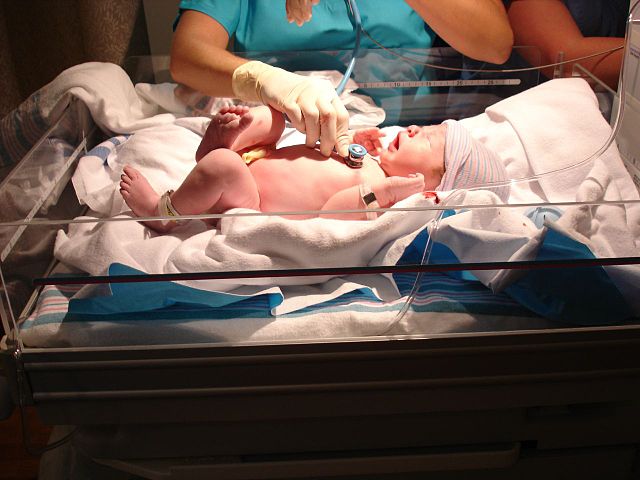American Birthrate Declines at a 30 Year Low According to the CDC
The national birth rate in the United States is at a 30 year all-time low. A recently published study from the federal Centers for Disease Control and Prevention (CDC) in Atlanta, Georgia has measured this particular population trend between 1987 and 2017.
According to the study, there were 3,853,472 births nationwide last year, which is down 2 percent from two years ago back in 2016. The fertility rate measured 60.2 births per 1,000 women between the ages of 15 and 44, a 3% decrease from 2016. Based on this particular numerical data and analysis, the results have put the country itself at a lower viable replacement rate since 1971, which is a standard rate for generational continuation replacement for the overall population.
A wide variety of socioeconomic factors have contributed to the decline of the overall birth rate. These factors have included that more college-educated women are deciding not to have children at all or planning to have children later on in their own lives, sometime between their 30s and 40s, in order to pay off debts, advance their own careers, and save up to raise as well as financially support their own families.
The study also has shown that greater access to birth control and sex education since the mid and late 20th century have started to decrease birth rates amongst teenagers between the ages of 13 and 19 as well as younger adults between the ages of 20 and 29, who tend to focus more on their own education or career in the labor force. Furthermore, many will speculate that other conditions for a lower birth rate in the United States may also incorporate the high costs associated with childcare overtime from nursing care, preschool, kindergarten, daycare, and higher education as well as a lack of paid parental leave, sick leave, vacation, and a high-quality education system.
The United States is not the only advanced country or superpower encountering a lower birth rate and an increasingly aging population between the ages of 65 and older. Developed countries such as South Korea, Japan, and various member states across the European Union are dealing with such difficult population demographics. Highly developing industrialized countries such as China and Russia are also facing stagnated population growth as more people, especially those integrating into urbanized areas, are obtaining more purchasing power and education within the average middle-income socioeconomic status.




